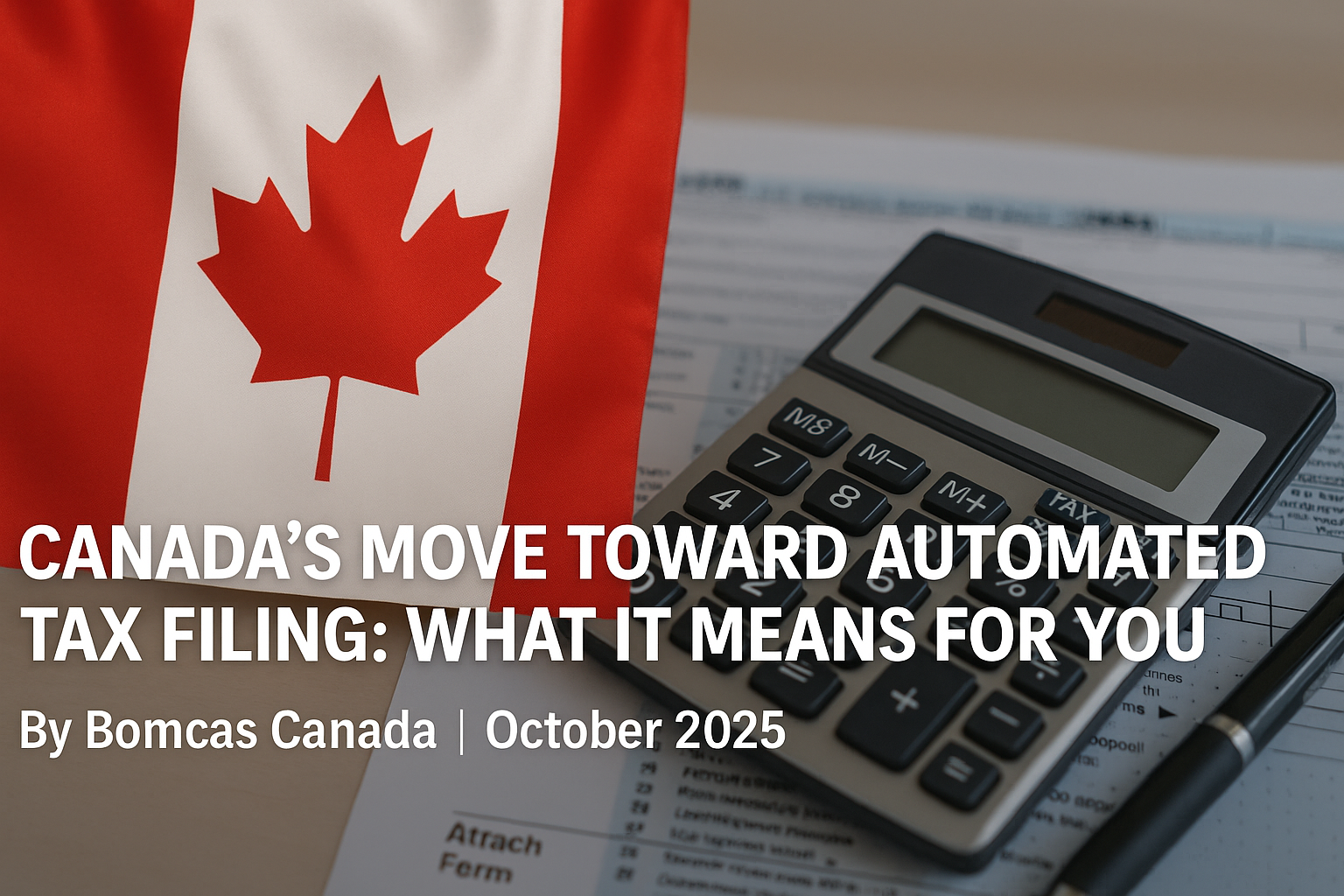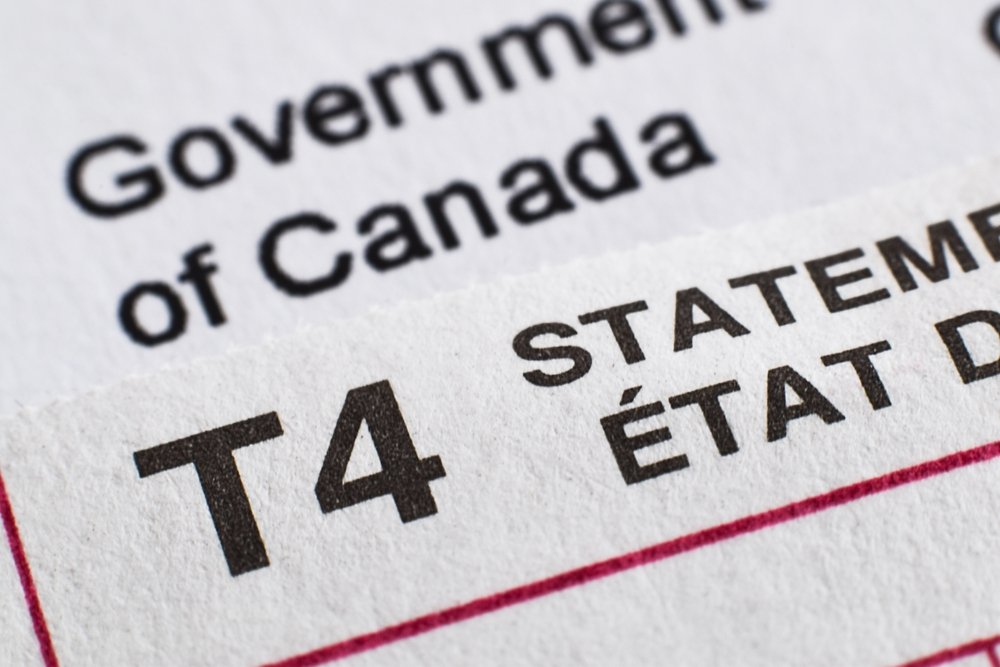Planning for the future is a crucial aspect of financial well-being, and Canadians have two powerful tools at their disposal: the Registered Retirement Savings Plan (RRSP) and the Tax-Free Savings Account (TFSA). Both offer unique tax advantages that can help you grow your wealth over time. Understanding the differences between these accounts and how to maximize their benefits is essential for effective long-term financial planning. This guide compares RRSPs and TFSAs and provides strategies to optimize your contributions for substantial tax savings.

Understanding RRSPs and TFSAs
Registered Retirement Savings Plan (RRSP)
Overview
An RRSP is a tax-deferred savings plan designed to help Canadians save for retirement. Contributions are tax-deductible, and investment growth is tax-sheltered until funds are withdrawn.
Key Features
- Tax Deductibility: Contributions reduce your taxable income for the year, lowering your immediate tax liability.
- Tax-Deferred Growth: Investments grow tax-free until withdrawal.
- Contribution Limits: Up to 18% of your previous year’s earned income, to a maximum set annually by the Canada Revenue Agency (CRA) (e.g., $30,780 for 2023).
- Withdrawal Taxation: Withdrawals are fully taxable as income in the year they are taken.
- Deadline for Contributions: Contributions made within the first 60 days of the new year can be applied to the previous tax year.
Tax-Free Savings Account (TFSA)
Overview
A TFSA is a flexible savings vehicle that allows Canadians to earn investment income tax-free. Contributions are made with after-tax dollars and are not tax-deductible.
Key Features
- Tax-Free Growth and Withdrawals: Investment income and withdrawals are tax-free.
- Contribution Limits: A set annual limit determined by the CRA (e.g., $6,500 for 2023), with unused room carried forward indefinitely.
- No Impact on Income-Tested Benefits: Withdrawals do not affect eligibility for government benefits like Old Age Security (OAS).
- Flexibility: Withdrawn amounts are added back to your contribution room in the following year.
- No Age Limit: Contributions can be made at any age after reaching 18.
Comparing RRSPs and TFSAs
Tax Treatment
- RRSP: Contributions are tax-deductible, providing an immediate tax benefit. Taxes are deferred until withdrawal, typically during retirement when income (and tax rate) may be lower.
- TFSA: Contributions are not tax-deductible. However, all investment growth and withdrawals are tax-free, providing long-term tax benefits.
Contribution Limits
- RRSP: Contribution room accumulates based on earned income, with annual limits set by the CRA.
- TFSA: Annual contribution limits are the same for all eligible Canadians, regardless of income, with unused room carried forward.
Withdrawal Rules
- RRSP: Withdrawals are taxed as income and may incur withholding taxes. Early withdrawals reduce retirement savings and contribution room is not restored.
- TFSA: Withdrawals are tax-free and can be made at any time for any purpose. Withdrawn amounts are added back to contribution room in the following year.
Impact on Government Benefits
- RRSP: Withdrawals increase taxable income, potentially affecting income-tested benefits like OAS or the Guaranteed Income Supplement (GIS).
- TFSA: Withdrawals do not affect taxable income or eligibility for income-tested benefits.
Age Restrictions
- RRSP: Contributions can be made until December 31st of the year you turn 71, after which the RRSP must be converted to a Registered Retirement Income Fund (RRIF) or annuity.
- TFSA: No upper age limit for contributions as long as you are a Canadian resident with a valid Social Insurance Number (SIN).
Strategies for Long-Term Tax Savings
1. Maximize RRSP Contributions During High-Income Years
- Leverage Tax Deductions: Contribute to your RRSP when you’re in a higher tax bracket to maximize immediate tax savings.
- Carry Forward Deduction Room: If you can’t maximize contributions in a given year, unused RRSP room carries forward indefinitely.
- Consider Spousal RRSPs: Contribute to a spousal RRSP to split income during retirement and reduce overall family tax liability.
2. Utilize TFSAs for Flexibility and Tax-Free Growth
- Emergency Fund: Use TFSAs to build an accessible emergency fund without tax implications upon withdrawal.
- Supplement Retirement Income: Withdrawals from a TFSA during retirement do not count as income, preserving eligibility for income-tested benefits.
- Invest for Growth: Hold growth-oriented investments in your TFSA to maximize tax-free compounding over time.
3. Balance Contributions Between RRSP and TFSA
- Assess Your Tax Bracket: If you’re in a lower tax bracket now and expect to be in a higher one later, prioritize TFSA contributions.
- Diversify Tax Treatment: Contributing to both accounts provides tax diversification, offering flexibility in managing taxable income during retirement.
- Plan for Major Expenses: Use TFSAs for savings earmarked for significant purchases or life events, as withdrawals are tax-free and contribution room is restored.
4. Optimize Investment Allocation
- Asset Location Strategy: Place interest-bearing and foreign income investments in your RRSP to defer higher-taxed income. Hold tax-efficient or capital gains-oriented investments in your TFSA.
- Reinvestment of Tax Refunds: Invest any tax refunds from RRSP contributions back into your RRSP or TFSA to accelerate growth.
5. Take Advantage of RRSP Programs
- Home Buyers’ Plan (HBP): Withdraw up to $35,000 from your RRSP tax-free to purchase your first home, with a repayment period of 15 years.
- Lifelong Learning Plan (LLP): Withdraw up to $10,000 per year (maximum $20,000) for education or training, with a repayment period of 10 years.
6. Monitor Contribution Limits and Avoid Penalties
- Stay Within Limits: Over-contributions to RRSPs (beyond a $2,000 lifetime buffer) and TFSAs are subject to penalties of 1% per month on the excess amount.
- Track Carryforward Room: Keep records of your contribution room. CRA Notices of Assessment provide updated contribution limits.
7. Plan Withdrawals Strategically
- RRSP Withdrawals: Minimize early withdrawals from RRSPs to preserve retirement savings and avoid immediate taxation.
- TFSA Withdrawals: Use TFSA withdrawals for unexpected expenses or planned large purchases to avoid triggering taxable income.
8. Consider Future Tax Rates
- Anticipate Retirement Income: Estimate your income during retirement to plan whether RRSP withdrawals will be taxed at a lower rate.
- Tax Bracket Management: In retirement, withdraw from RRSPs up to the lower tax bracket threshold and supplement with TFSA withdrawals to manage taxable income.
Case Studies
Case Study 1: High-Income Earner
Situation
- Income: $120,000 per year.
- Goal: Maximize immediate tax savings and plan for retirement.
Strategy
- Prioritize RRSP Contributions: Maximize RRSP contributions to reduce taxable income significantly.
- Use Tax Refund Wisely: Reinvest the substantial tax refund into the RRSP or TFSA for additional growth.
- Spousal RRSP: If the spouse has lower income, contribute to a spousal RRSP to facilitate income splitting in retirement.
Case Study 2: Young Professional with Modest Income
Situation
- Income: $45,000 per year.
- Goal: Save for a first home and build an emergency fund.
Strategy
- Focus on TFSA: Prioritize TFSA contributions as immediate tax deductions from RRSP contributions are less beneficial in a lower tax bracket.
- Home Buyers’ Plan Preparation: Contribute to RRSP to build up funds for the HBP, leveraging the tax refund to boost savings.
- Flexibility: Use the TFSA for short-term savings goals and unexpected expenses.
Additional Tips
- Regular Contributions: Set up automatic contributions to your RRSP and TFSA to benefit from dollar-cost averaging and disciplined saving.
- Review Annually: Reassess your financial situation and goals each year to adjust your strategy accordingly.
- Professional Advice: Consult with a financial advisor or tax professional to tailor a plan that suits your individual circumstances.
Conclusion
Maximizing your RRSP and TFSA contributions is a powerful strategy for achieving long-term financial security and tax efficiency. By understanding the distinct features and benefits of each account, you can make informed decisions that align with your financial goals. Whether you’re saving for retirement, a major purchase, or building a safety net, leveraging the tax advantages of RRSPs and TFSAs can significantly enhance your wealth accumulation over time.
How Bomcas Canada Accounting Firm Can Help
Navigating the complexities of RRSPs, TFSAs, and tax planning can be challenging. At Bomcas Canada Accounting Firm, we specialize in providing personalized financial and tax planning services to individuals in Edmonton and across Canada.
- Customized Strategies: We’ll help you develop a tailored plan to maximize your RRSP and TFSA contributions based on your unique financial situation.
- Tax Optimization: Our experts will identify opportunities to minimize your tax liabilities now and in the future.
- Investment Guidance: Receive advice on investment options within your RRSP and TFSA to align with your risk tolerance and goals.
- Ongoing Support: Stay informed about changes in tax laws and contribution limits that may affect your planning.
Contact Us Today
Take control of your financial future and optimize your savings with professional guidance.
- Phone: 780-667-5250
- Fax: 780-851-2520
- Email: info@bomcas.ca
- Website: https://bomcas.ca
At Bomcas Canada, we’re committed to helping you achieve your financial objectives through effective tax and investment strategies.










 View Our Location
View Our Location





 181 Meadowview Bay, Sherwood Park, AB T8H 1P7, Canada (Online Clients Only)
181 Meadowview Bay, Sherwood Park, AB T8H 1P7, Canada (Online Clients Only)